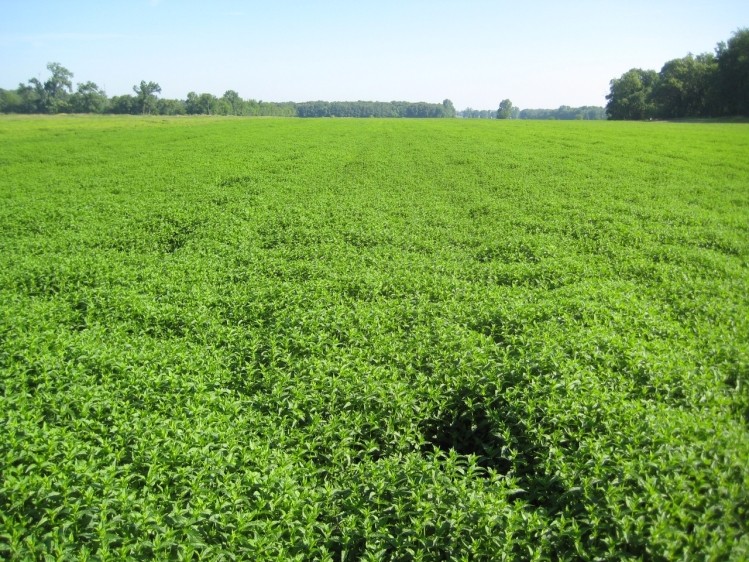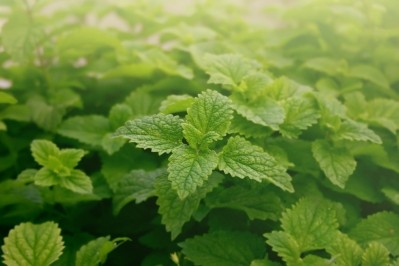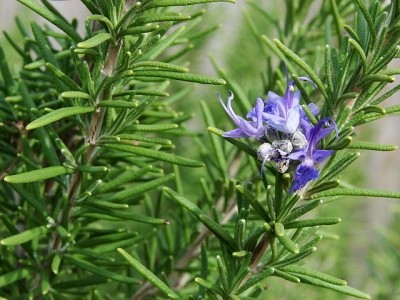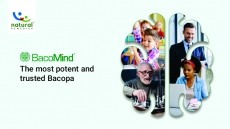Science and market build for Kemin’s spearmint extract for cognitive health

Data from 90-day study with 90 people with an average age of 59 also indicated that the polyphenol-rich ingredient was associated with an improvement in the ability to fall asleep, according to findings published in the FASEB J.
“These results suggest the proprietary spearmint extract, Neumentix, was well tolerated and a beneficial nutritional intervention for cognitive health in older subjects with age-associated memory impairment,” wrote the researchers, led by Chad Cook from Biofortis Clinical Research.
Results of the randomized, double-blind, placebo-controlled study support earlier findings from an open trial published in the Functional Foods in Health and Disease.
Market success
Kemin launched Neumentix last year and three finished products are expected to be launched before the end of 2015, with more to follow next year, said Corey Jansen, global product manager, Human Nutrition and Health at Kemin.
The ingredient is currently positioned for dietary supplements, but Kemin is planning to complete its self-affirmation of the GRAS (generally recognized as safe) status of Neumentix by the fall, said Jansen. The company will then explore GRAS notification to the FDA, he added.
“We already have some food and beverage manufacturers playing with the ingredient,” said Jansen.
The polyphenol-rich ingredient is water soluble, making it easy to work with in a number of applications, particularly beverages. However, formulators should not think that they are getting both a health ingredient and a mint flavor: Two clonal lines of spearmint have been developed for their content of rosmarinic acid (the key polyphenol bioactive) and not for their flavor profile. During a visit to the spearmint fields in north central Indiana this week, your correspondent tasted the clonal lines and can confirm they taste nothing like spearmint.
GC-MS analysis of the two clonal lines – called KI42 and KI110 – was published in Industrial Crops and Products, and showed that the rosmarinic acid content of KI42 is about 90 mg/g, while KI110 contains about 84 mg/g, compared with about 26 mg/g in commercial spearmint. Neumentix is a combination of extracts from both KI110 & KI42.
Dr John Greaves, VP of Specialty Crops at Kemin Industries, told NutraIngredients-USA that carvone is the dominant molecule in commercial spearmint oil, constituting about 50% of its oil content, but the compound is not detectable in the oils of KI110 and KI42. In addition, limonene was also found in significantly lower concentrations in the clonal lines than in the commercial spearmint, he said.
Development of the two spearmint strains began over five years ago, said Dr Greaves. The clonal lines are not genetically modified, he explained, but were developed from publicly available seed sources by growing out a large enough population.

Mechanism
Kemin is planning additional RCTs to support the cognitive health effects of Neumentix, and the exact mechanism is still to be elucidated, Jansen told us. However, it is already known that rosmarinic acid can cross the blood-brain barrier, he said.
Results of a mouse study presented earlier this year at the American Academy of Neurology 2015 Annual Meeting indicated that the rosmarinic acid-rich extract may work by reducing oxidative stress in the brain, which may otherwise contribute to age-related cognitive decline.
As was seen in the human studies, the Neumentix-supplemented animals showed cognitive improvements in a range of tasks, including T-maze acquisition and retention, and object recognition.
Safety
Kemin published safety and toxicology data for the ingredient earlier this year in Regulatory Toxicology and Pharmacology. In vitro and in vivo data indicated that the no-observed-adverse-effect level (NOAEL) for orally administered dry spearmint extract is 1948 mg/kg bw/day. This would be equivalent to 300 mg rosmarinic acid/kg bw/day, wrote the authors.
References:
FASEB J
April 2015 29:900.15
“Effects of a Proprietary Spearmint Extract on Cognitive Function and Tolerance Parameters in Men and Women with Age-Associated Memory Impairment”
Authors: C. Cook, K. Herringer, K. Nieman, et al.
Functional Foods in Health and Disease
May 30, 2015, Volume 5, Issue 5
“Tolerance, bioavailability, and potential cognitive health implications of a distinct aqueous spearmint extract”
Authors: K.M. Nieman, K.D. Sanoshy, L. Bresciani, et al.
American Academy of Neurology 2015 Annual Meeting
P4.078, April 22, 2015
“Selective reduction of oxidative stress markers in the SAMP8 mouse brain by a distinct spearmint extract with antioxidant properties”
Authors: S.A. Farr, B. Fonseca, K.A. Herrlinger, et al.
Industrial Crops and Products
January 2015, Volume 63, Pages 87-91, doi: 10.1016/j.indcrop.2014.10.044
“Differences in the chemotype of two native spearmint clonal lines selected for rosmarinic acid accumulation in comparison to commercially grown native spearmint”
Authors: B. Narasimhamoorthy, L.Q. Zhao, X. Liu, W. Yang, J.A. Greaves
Regulatory Toxicology and Pharmacology
March 2015, Volume 71, Issue 2, Pages 213-224, doi: 10.1016/j.yrtph.2014.12.007
“The safety of a dry spearmint extract in vitro and in vivo”
Authors: J.A. Lasrado, D. Trinker, M.A. Ceddia, K.A. Herrlinger
















